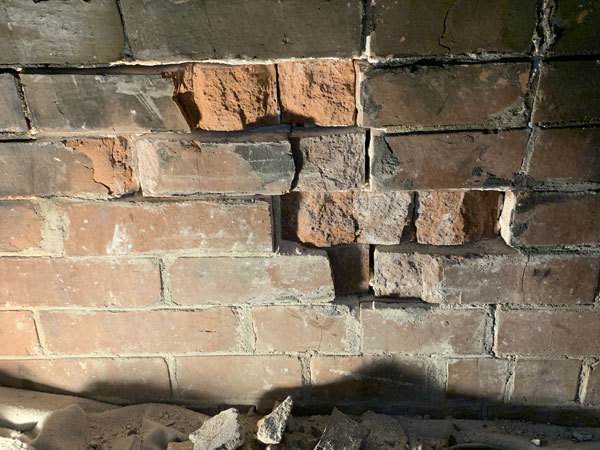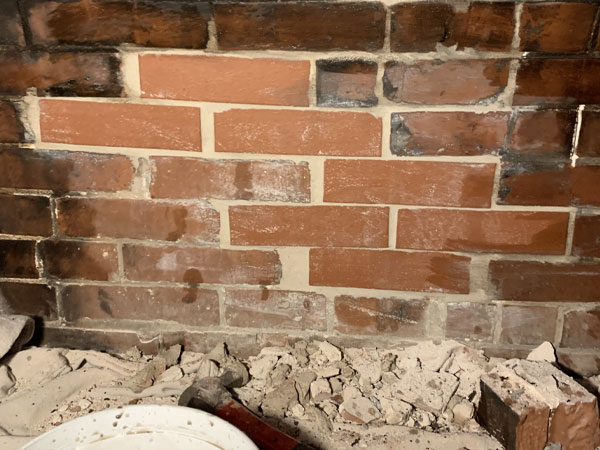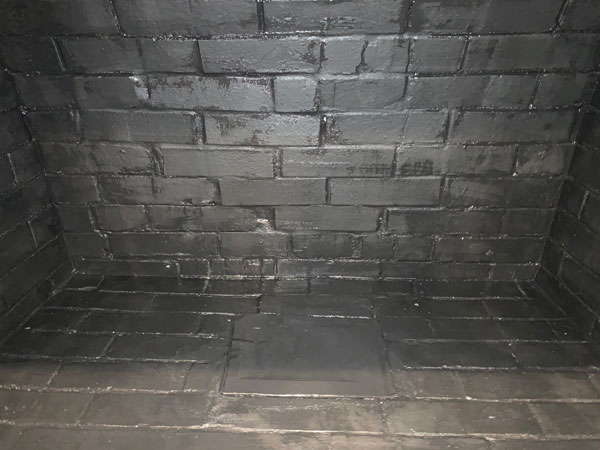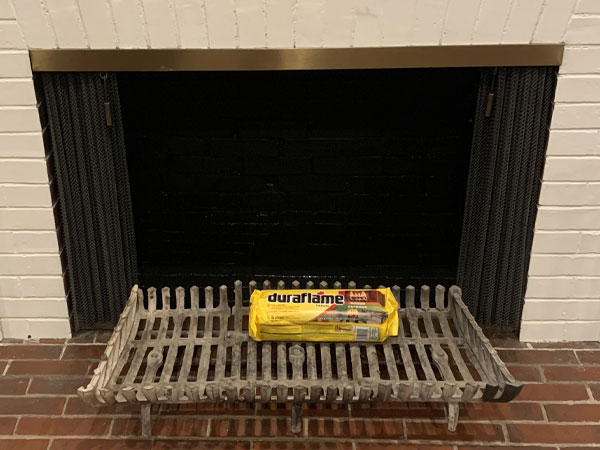Fireplace Repairs
Fireplace Repairs: Common Problems and How to Fix Them
Fireplaces add charm and warmth to any home. However, like any part of your house, they need regular care. Without it, fireplaces can become dangerous, leading to fire hazards or carbon monoxide leaks. In this guide, we’ll explore common fireplace repairs and how to handle them.
Why Fireplace Repairs Are Important
A fireplace is more than just a cozy feature. It’s a working structure that vents smoke and harmful gases out of your home. If even one part breaks down—like the chimney, flue, or firebox—it could affect your family’s safety.
Therefore, inspecting and maintaining your fireplace is essential. Many problems start small and can be fixed quickly before turning into expensive repairs or emergencies.
Damaged Chimney: What to Look For
Chimneys are exposed to wind, rain, snow, and heat. Over time, these elements can cause cracks or gaps in the brickwork. If moisture gets in, it can freeze and expand, causing more damage.
You may notice:
- Crumbling bricks or mortar
- Water stains inside your home
- A musty smell around the fireplace
These are signs to call a chimney professional. They can fix damaged areas and stop water from getting in. This also helps block gases like carbon monoxide from entering your living space.
Flue Problems: A Hidden Danger
The flue is the pipe or liner inside the chimney that carries smoke outside. If it’s blocked or broken, smoke can flow back into your home. This can be harmful to your health.
Common flue issues include:
- Bird nests
- Leaves or debris
- Cracks in the lining
A certified chimney sweep can clean out blockages and check for cracks. If needed, they’ll reline or repair the flue.
Firebox Damage: Repair or Replace?
The firebox is where the fire burns. It must handle high heat safely. Over time, heat can cause the firebricks or mortar to crack. This puts your home at risk of fire spreading into walls or the floor.
Signs of damage include:
- Cracked bricks
- Gaps in the mortar
- Burn marks outside the fireplace
A professional can repair the firebox with heat-resistant materials. If the damage is severe, they may recommend a full rebuild for safety.
When to Call a Professional
Some repairs might seem simple, but fireplace systems are complex. A certified technician can check for hidden issues, suggest the best fix, and make sure everything meets safety codes.
Hiring a professional helps you:
- Avoid bigger repair costs later
- Keep your home and family safe
- Enjoy your fireplace with peace of mind
Keep Your Fireplace Safe Year-Round
A working fireplace brings warmth, style, and comfort to your home. But it only stays safe if it’s well-maintained. Regular inspections and prompt repairs go a long way in preventing major problems.
If you notice signs of wear or damage, don’t wait. Call a local chimney expert and get your fireplace back in top shape.
Firebox Floor Repair
Firebox Brick Repair
Fireplace Repairs: Damaged Dampers and Creosote Buildup
A fireplace can be a cozy centerpiece in your home. However, keeping it safe and efficient takes more than just lighting a fire. Regular maintenance and repairs are a must—especially when it comes to the damper and creosote buildup. These two areas are often overlooked but can cause major problems if ignored.
Damaged Dampers Can Cause Indoor Smoke
The damper is a metal flap inside your chimney. It controls the airflow when you start or stop a fire. When it works properly, it keeps smoke moving out and fresh air flowing in.
But what happens when it’s damaged or stuck?
- Smoke backs up into your living room
- Fires become harder to start and control
- You lose heat when the damper won’t close
If your damper is hard to move or you smell smoke even when the fire is out, call a chimney professional. They can inspect, repair, or replace it.
Creosote Buildup Is a Hidden Fire Hazard
Creosote is a thick, sticky, black residue. It forms when wood burns and smoke cools inside the chimney. Over time, it sticks to the chimney walls.
If not removed, creosote becomes:
- A serious fire risk
- A cause of poor airflow
- A source of bad odors in your home
There are three stages of creosote. Early stages can be brushed off easily. But the later stages are harder, and sometimes require chemical cleaning or professional tools. Regular chimney sweeping helps avoid dangerous buildup.
Why You Need a Chimney Sweep
A certified chimney sweep will:
- Inspect your fireplace and flue
- Clean out soot and creosote
- Check the damper and other key parts
- Recommend needed repairs or upgrades
Experts suggest having your chimney cleaned at least once a year. If you burn wood often, you may need it more frequently.
Safe Fireplace Use Starts with Regular Maintenance
Your fireplace can be a safe and warm part of your home—but only with the right care. If your damper is damaged or creosote is building up, don’t wait. Call a pro and get it checked.
With regular inspections, you can:
- Prevent smoke and fire hazards
- Improve fireplace efficiency
- Enjoy peace of mind all winter long
Honest, Affordable & Experienced
The Clear Choice for your home improvement needs.
What Fox River Clients Are Saying








